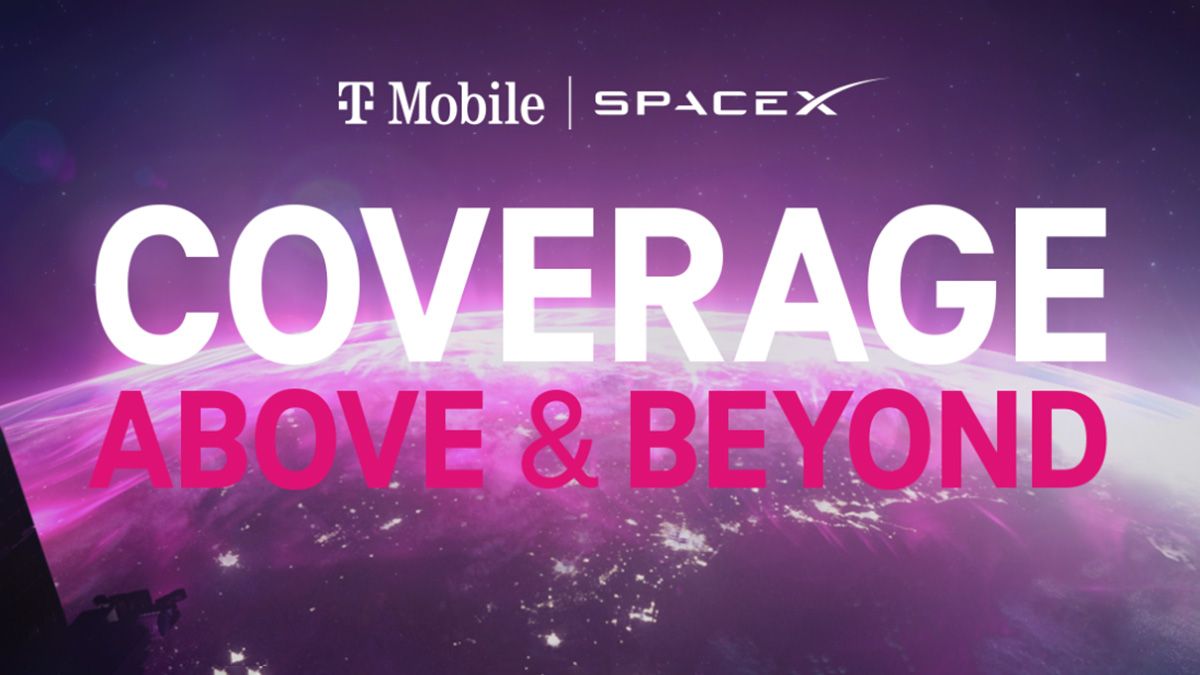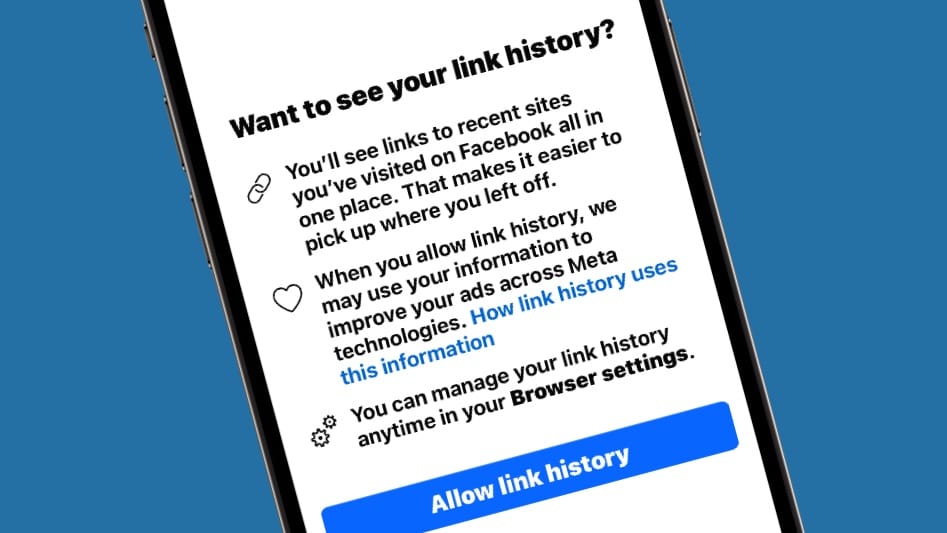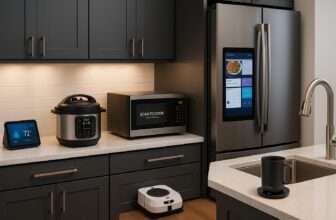SpaceX’s main business is launching rockets, but it has also branched out into satellite-supported telecommunications. With Starlink, the company is already providing one of the most reliable satellite internet services out there, and it has been working to build satellite backups for cell networks. Now, satellite service for T-Mobile customers is one step closer to reality.
T-Mobile has revealed the successful launch of the first set of Starlink satellites with Direct to Cell capabilities, on top of a SpaceX Falcon 9 Rocket. The satellites will be used in a previously-announced partnership with SpaceX, intended as a backup in parts of the United States where cell signal is unavailable or suffering from outages (which is becoming more frequent as climate change intensifies). The recent satellite deployment into low-Earth orbit paves the way for field-testing of the service, utilizing SpaceX’s satellite constellation and T-Mobile’s wireless network.
The end goal of the satellite support is to eliminate dead spots within the country whenever possible, and let users stay connected regardless of whether they’re in a big city or the middle of nowhere. The advantages of leveraging satellites for communication have already been shown by Apple, as the company has rolled out Emergency SOS, which lets you get help regardless of where you are—or whether you have signal or not—by pinging a satellite for communication. This will be a similar feature, except that you should stay completely connected anywhere you are, with no restrictions.
As per Mike Katz, president of marketing, strategy and products at T-Mobile, “our mission is to be the best in the world at connecting customers to their world and today is another step forward in keeping our customers connected even in the most remote locations for added peace of mind when they need it most” going on to add that “today’s launch is a pivotal moment for this groundbreaking alliance with SpaceX and our global partners around the world, as we work to make dead zones a thing of the past.”
We’re still far away from the moment you can actually use this technology, but we’re definitely getting closer.
Source: T-Mobile









